
Author of the article: Robert
Hi Everyone, this is my first post here and a writeup rough draft for this project. My plans are to open source it and hopefully be a resource to anyone that wants to do this in their homes.
This journey started in November of 2023. This house is almost a century old and was heated a hydronic boiler and radiator system. For those that aren’t familiar, a hydronic radiator system is one that pumps hot water around pipes throughout the house, to let heat off from cast iron radiators. The system I had/have works great, but I couldn’t help being annoyed a burning oil, to only get heat.
Bitcoin mining machines get hot. Very hot. Hot enough to heat a whole home. The goal of this project was to eliminate my heating oil bill by capturing and reusing the waste heat from these machines.
Hydronic Systems
Hydronic Systems are an older technology that holds up incredibly well. It’s efficient, quiet, and a nice cozy heat.
There are 5 parts to every hydronic system:
- Heat source(s)
- Pipes containing water
- Radiators in the spaces you want heat
- Pump(s) to circulate the water
- Thermostats/aquastats, for control and safety
- (Optional, but nice) Zone controllers for more control
The system is filled with tap water, and that water will forever circulate around until it is drained.
As for the heat source, it can be anything that gets hot.
Common heat sources include:
- Natual gas boilers
- Oil Boilers
- Wood systems
- (Now) Bitcoin Miners
The Calculations
Heat
The existing oil boiler can produce about 125,000 BTU/h of heat. This was my rough ballpark number. However, this current system runs intermittently. So it would run for about 15 minutes, stop for 30, and repeat. While this works fine, the temperature swings 5–8 degrees between heating cycles.
There exists a direct conversion of Watts to BTUs:
1 Watt = 3.41 BTU/h
So with this number in mind, I began to look at machines on the market and what power they output. I ended up with two S19k Pros for their increased efficiency and constraints within my budget.
When running in standard mode, one machine will consume ~2760W from the wall, which is ~9,411 BTU/h of heat; and when running overclocked, one machine pulls ~3600W, which is ~12,276 BTU/h of heat. Because of thermodynamics, all energy consumed by the processor will eventually be dissipated as heat.
So since I now knew I had a range of ~18,000–24,000 BTUs of heat, is this enough to heat a home? Turns out, yes.
Even though the boiler can produce a much higher output, the short bursts of that output give a similar area under the curve to the miners, which are on all the time when in heating mode.
Fiat Costs
The oil plan I used to have was an anual usage, divided by 12, and then paid monthly. So in winter, when more deliveries would come in, I would pay the same as I would in the summer, when I would get maybe 1 a season. So the negative cost I needed to match or beat was ~$380 per month. I felt that even if I was “losing” a net of $380 per month, then this project would still be worth it, as I am now at least stacking sats and learning by doing.
Mining at home will be entirely dependent on your electricity rates. These rates consist of a generation charge and a distribution charge. Most commonly refer to this in the combined form as “Cost per Killawatt Hour” or c/kWh. My distribution charge of 0.084c/kWh was fixed, nothing I could do to lower it. However, I was able to find a way to bring my generation charge down to 0.07c/kWh. So my current electricity rate is $0.154c/kWh. If you are familiar with the mining scene, this is quite high. But recapturing the heat is an incredibly efficient action. What was waste is now useful, while getting Sats. It’s paying once, and receiving two uses for the same watt. This efficiency boost allows home mining operations to be competitive with commercial. Heating is a sunk cost for a home, and now it is possible to monetize it.
Remember, the goal is not “profit” in fiat terms, the goal is to get sats for a bill you are paying anyways.
Heat Exchangers
There are multiple forms of heat exchangers, but for this type of installation, brazed plate heat exchangers are the ideal type.
Heat exchanger sizing is quite difficult, it is possible to do all of the math involved, but the general rule is bigger = better.
Source HBIM channel: https://www.youtube.com/channel/UC9dv60_ORGjNpdHYQ2GDR2Q Aside: Bob from this channel is a Godsend. He has so much knowledge and this project would not have been possible without him. I was constantly referencing his videos! Thank you Bob!!
Design Considerations
- Do you want to run the miners all the time? or only when heat is needed?
- yes, heat exhaustion is needed (more sats)
- no, simply turn them off (less sats)
- Are you only trying to heat living space? Or also tap water?
- How insulated is your home?
- Do you have any existing infrastructure you are working around, or are you starting from scratch?
- Is your electrical pannel big enough?
The System
For my system, I wanted to have 3 heat exchanger stages.
First stage, use the heat for the tap water (it is a great feeling to be washing clothes/dishes/hands, and showering with Bitcoin). The second stage uses the heat in the hydronic radiator system. And the third stage is outside exhaust.
For the first stage, I went all out and used a 100 plate heat exchanger. I am sure the engineers in the comments are laughing at this, given its way oversized, but this was simply a part in my learning journey. When heating, I am able to warm the tap water up from 55 degrees F, to 130 degrees F. This water travels prewarmed into the boiler. The result is the boiler is on for way less, or not at all for some heat loads. Remember, the miners can only heat immersion fluid comfortably to around 60–70 degrees C. I try not to push them that high, as they run less efficiently the higher the temperature is.
For the second and third state, I used 40 plate heat exchangers. This was from the reccommendations “here” and they seem to be sized just right.
For the indoor radiator system, I had to integrate this new heat source to work in parrallel with my current boiler. I wanted to be able to have either heat source, that way there is redundancy and the boiler can assist the miners if it is too cold outside. Here is a diagram of how this looks simplified. “Diagram” . There are also safety system in place for the miners.
For example, if the miners are circulating heat through the house and the boiler circulator pump also turns on, the mining system will automatically exhaust, as to not put the heat from the boiler into the immersion system and heating up the machines.
For the exhaust side, this is its own seperate hydronic system. Instead of only water, it is filled with a glycol/water mixture, so that it will not freeze in the winter. This system has its own circulating pump which goes to the Fog Hashing radiator outside. This radiator has its own power and temperature sensors, and it is able to control the speed of the fans to match what is needed for the heat input. To make this system easier for myself, I utilized PEX-A piping, which was nice to not need to solder copper pipes. One of the other safety systems is a temperature controller on the final output of the oil line. If this ever becomes too hot, the system will turn on the exhaust if it is off.
Electrical
The electrical side of this project has three parts.
- High voltage AC (240v)
- Low Voltage AC (24vac)
- Low Voltage DC (24v)
The low voltage side was simple. A doorbell power supply is 24vac and perfect for this application. I used 4 cable speaker wire to carry the 24vac to both control boxes. Each control box has a 24vac side, and a full bridge rectifier to convert it to DC. The DC components include fans, lights, thermometers, and USB buck converters.
To control the 240v to each miner, I used 10/2 romex cable and put each miner on its own dedicated 30 Amp circuit breaker. Each high voltage cable goes into its own 24vac 240v Air conditioning contactor. Think of this as basically a very large relay. The closing and opening of the contactor is controlled via the oil circulation pump in the fog hashing tank. There is a current sensing relay that is closed if the pump is on and open if the pump is off. When the oil pump turns on, the contactors close and high voltage power is supplied to the miners, turning them on. There is a quirk with the fog hashing tank. In the event of a power outage, when power is restored, the pump will not automatically turn on. This is why I added the current sensing relay and the contactors. Otherwise, the power would be restored and the miners would cyclically turn on, overheat, and turn off again.
To control the pumps, I utilized a standard Taco switching relay for hydronic systems. The low voltage control box contains all logic with no micro controllers. There is a standard analog thermostat in the middle of the house which controls the circulation pump on the bitcoin miner side. If this pump is on, then the exhaust pump is off, since I want to keep all the heat inside. However, if the oil becomes too hot, both pumps will turn on, protecting the miners. If the thermostat is off, then only the exhaust pump is on, and the heat is directed outside.
(Electrical Cont) Home Assistant
To monitor the temperatures of everything, I made a 12 input temperature sensor with an ESP8266 running ESPHome. The ESP has 12 DS18B20 Temperature probes connected to it, with one probe being on every input and output (yes I know some are shared). this data is pumped into Home Assistant and I can view and graph live temperature data.
What I spent
This project was quite expensive, but I was able to save so much by doing all of the labor myself. No, I did not have any experience with plumbing, soldering copper pipes, or maintaining my hydronic system before this project. I was familiar with mains electrical systems and have added outlets and switches in places, but that’s about it. My point is that anyone with an internet connection can learn and do anything. Leverage it as the tool none of your ancestors had.
Most of the cost was the miners themselves and the Fog Hashing kit. Could you probably make a cheaper tank and find a cheaper radiator? Maybe, but good luck. You will put a lot of time into it and this kit was able to be perfectly adapted to this, even though this is not what it was made for. The rest of the cost was plumbing. This included all tools, fittings, pipes, pastes, etc. I have never soldered a copper pipe before this project, if I can do it, you can too
Conclusion
You are correct. If I had used the dollar amount of this project to buy bitcoin, I would be head and up in bitcoin terms. I would have had more bitcoin simply buying it. I knew that going into this and that wasn’t the point. The point was to monentize waste, to learn all of these new skills, to further decentralize the network, to stick it to the commercial grade miners, and to write up a cool post about it. The skills I learned doing this project are worth more to me than the bitcoin I could have bought. I now have the ability to do many other projects around the house without having to call contractors. I am able to save by working for myself.
Photos!
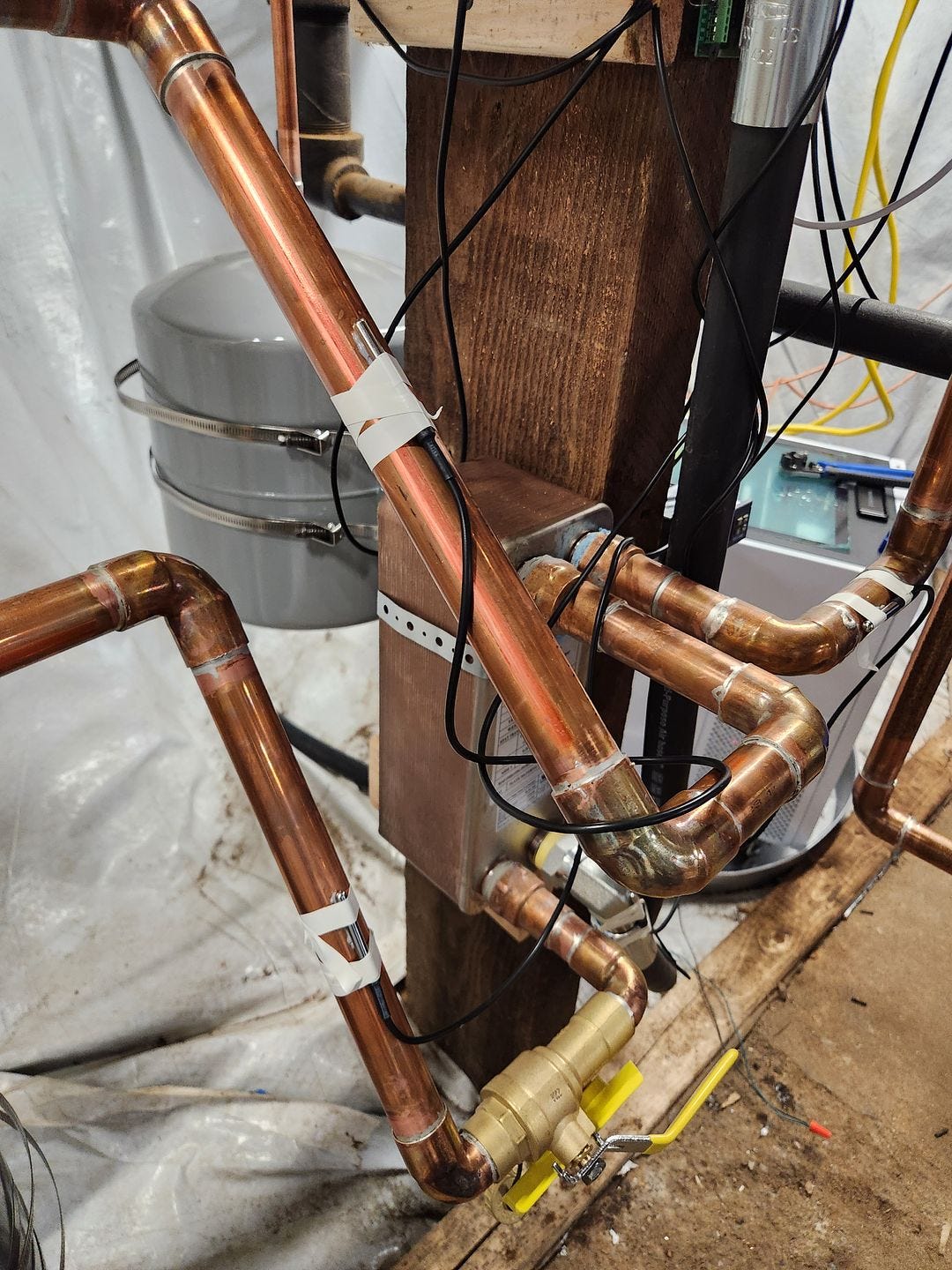



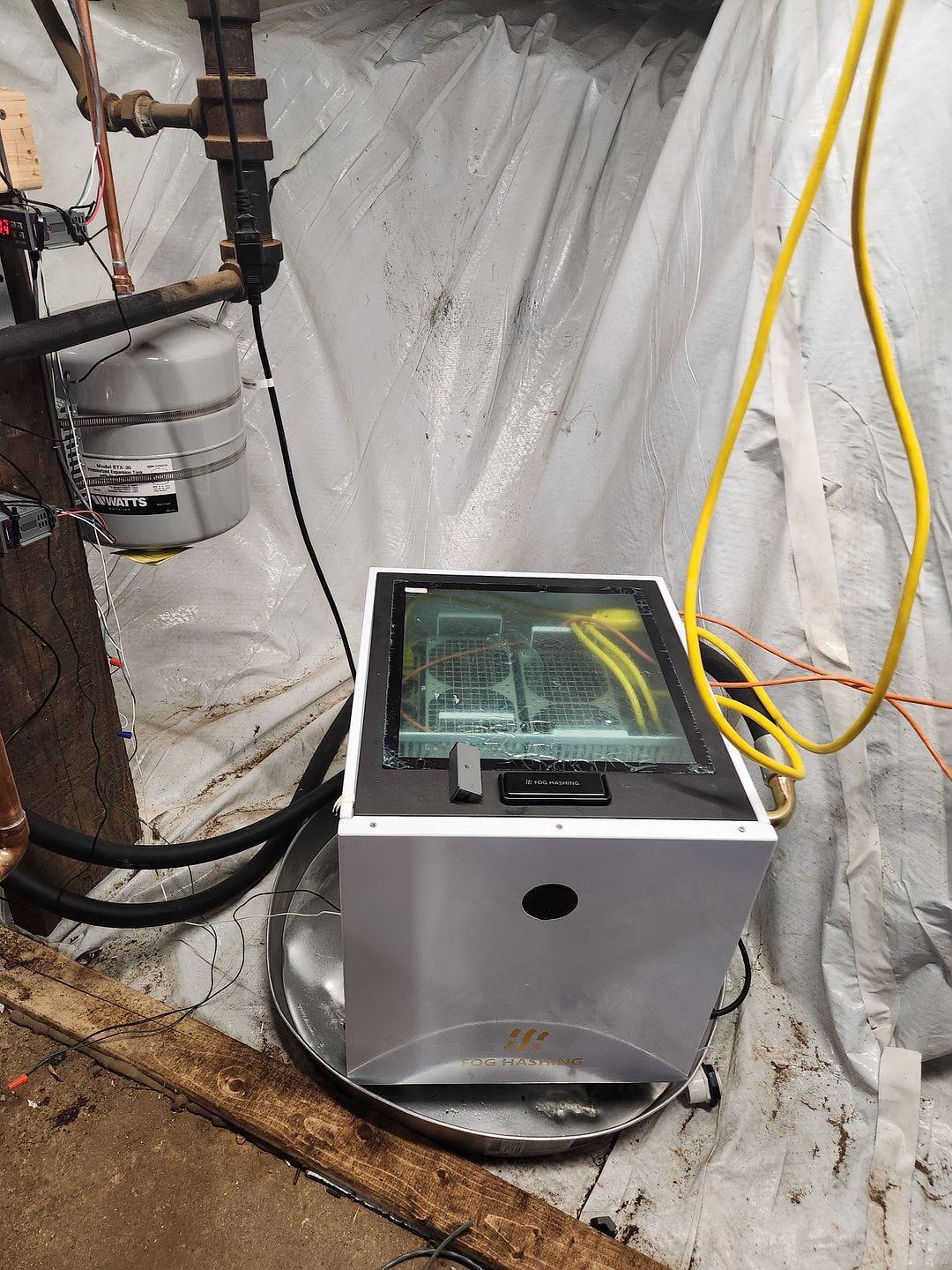
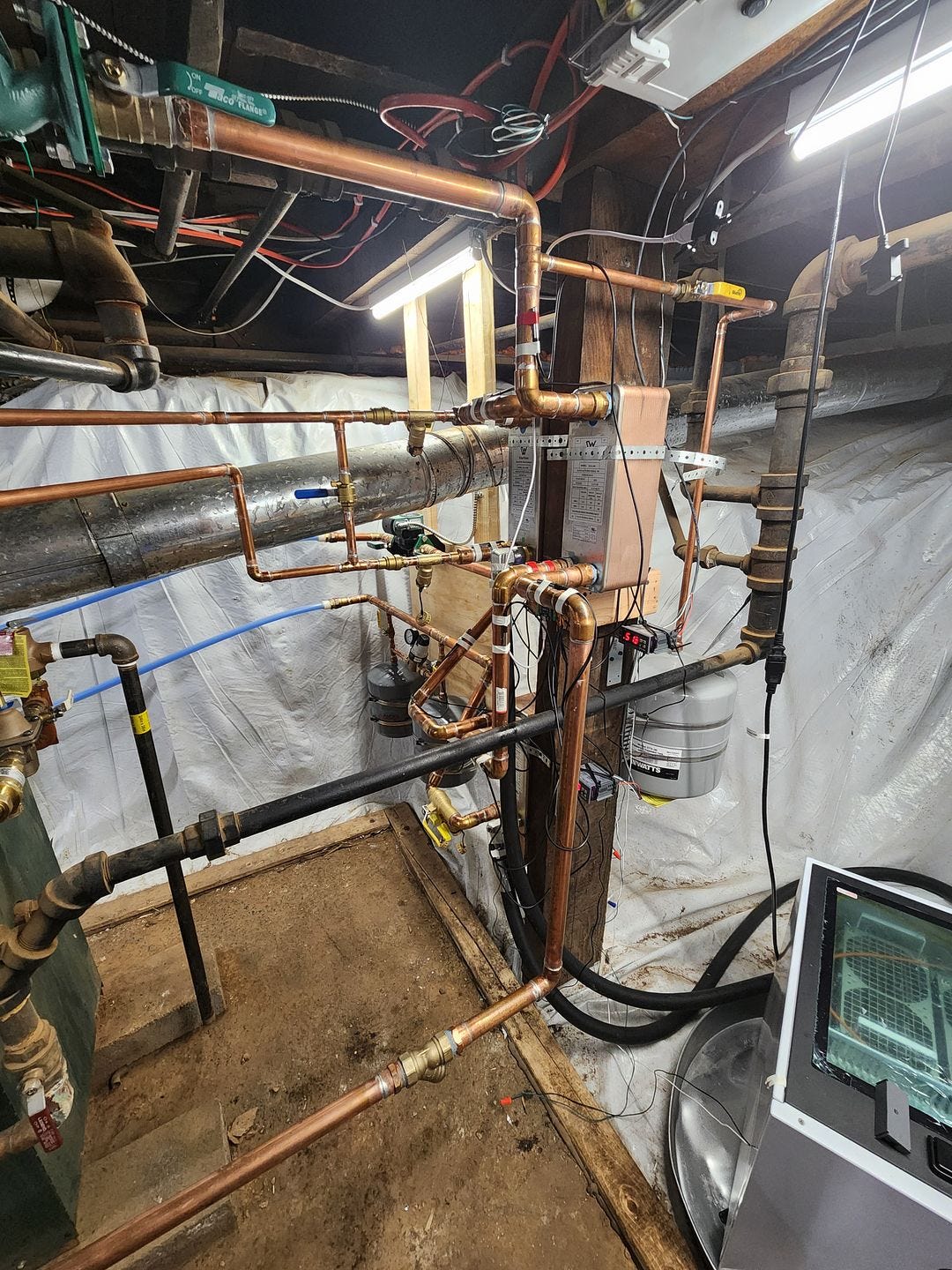

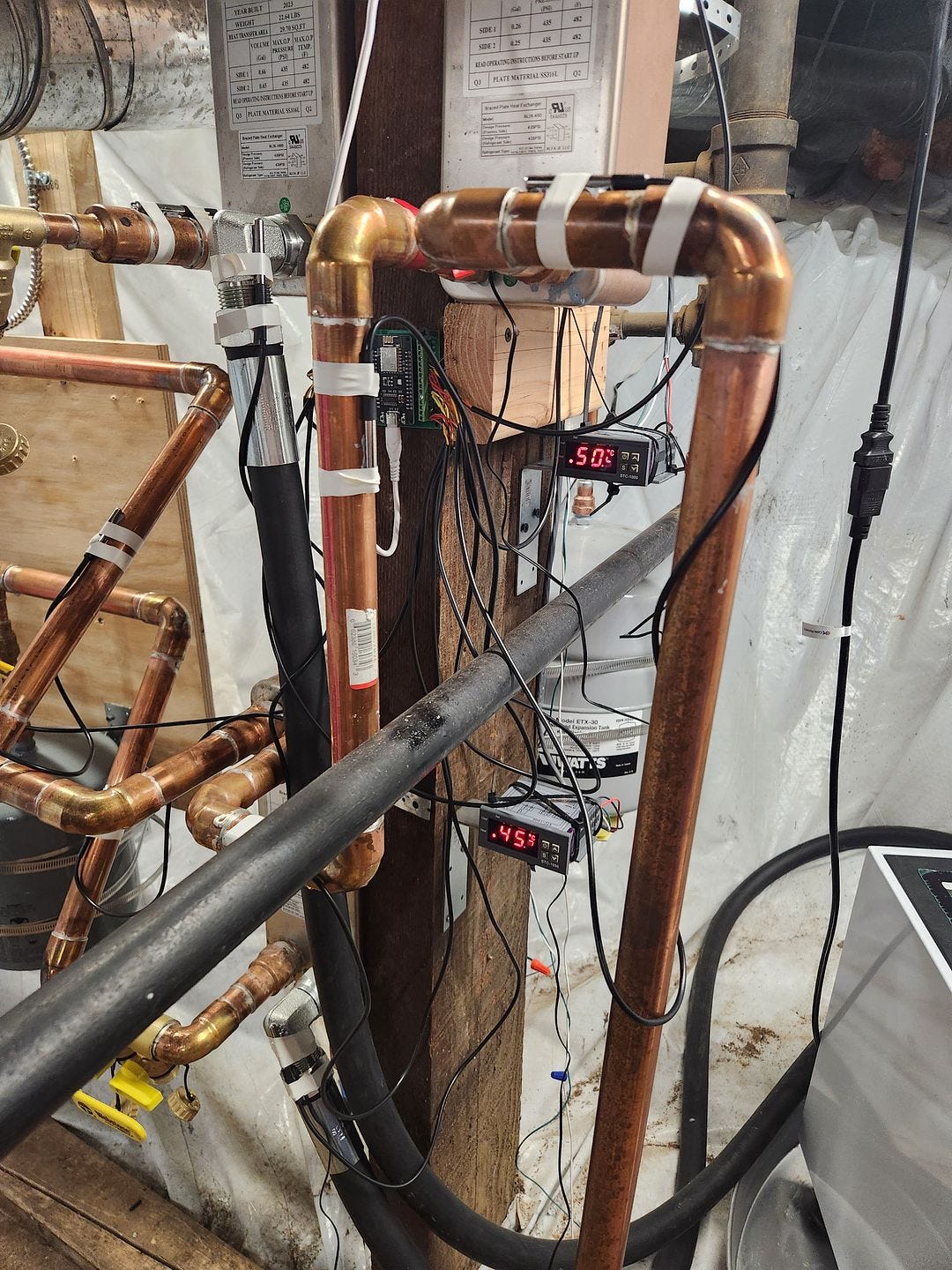
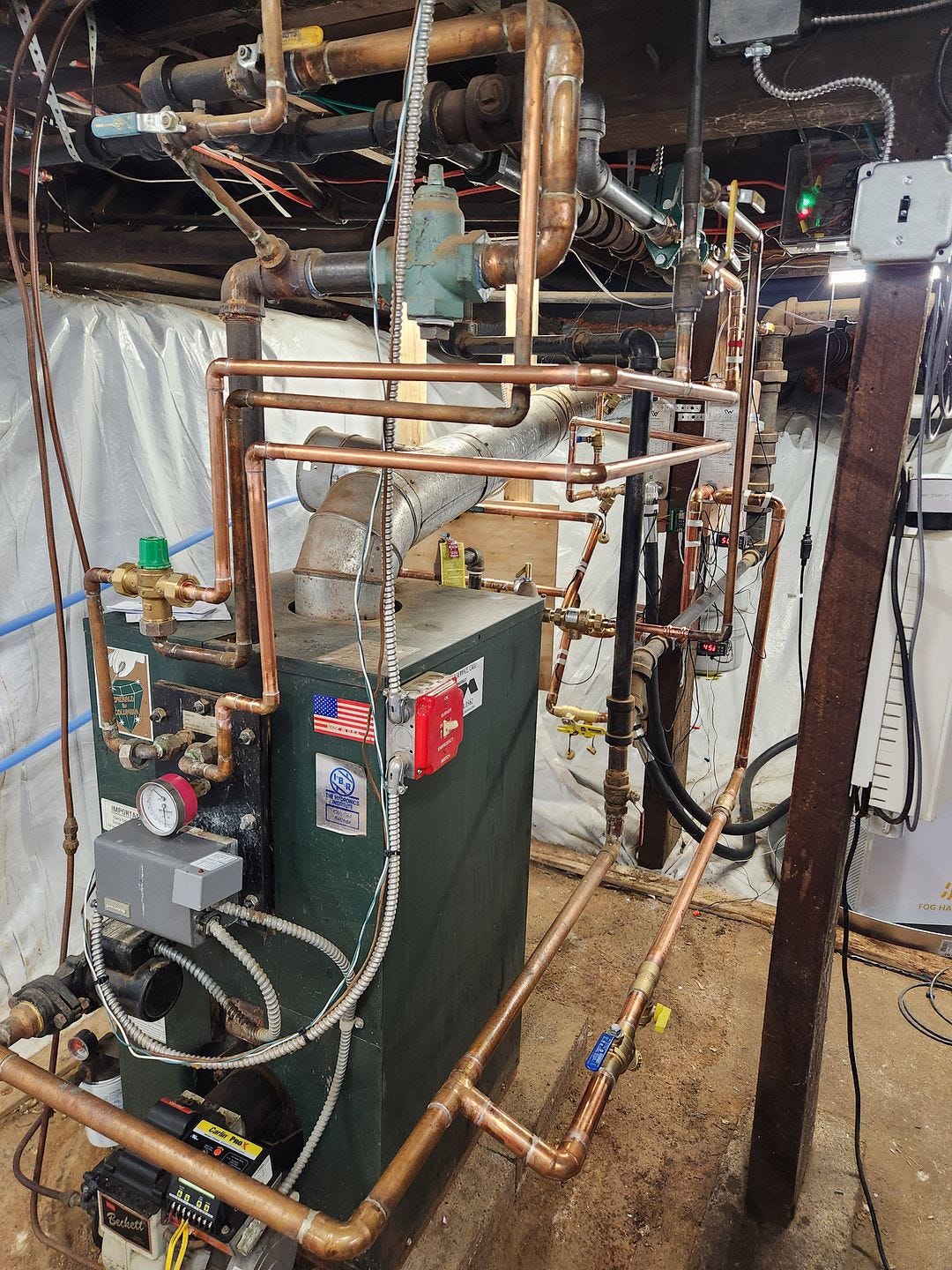


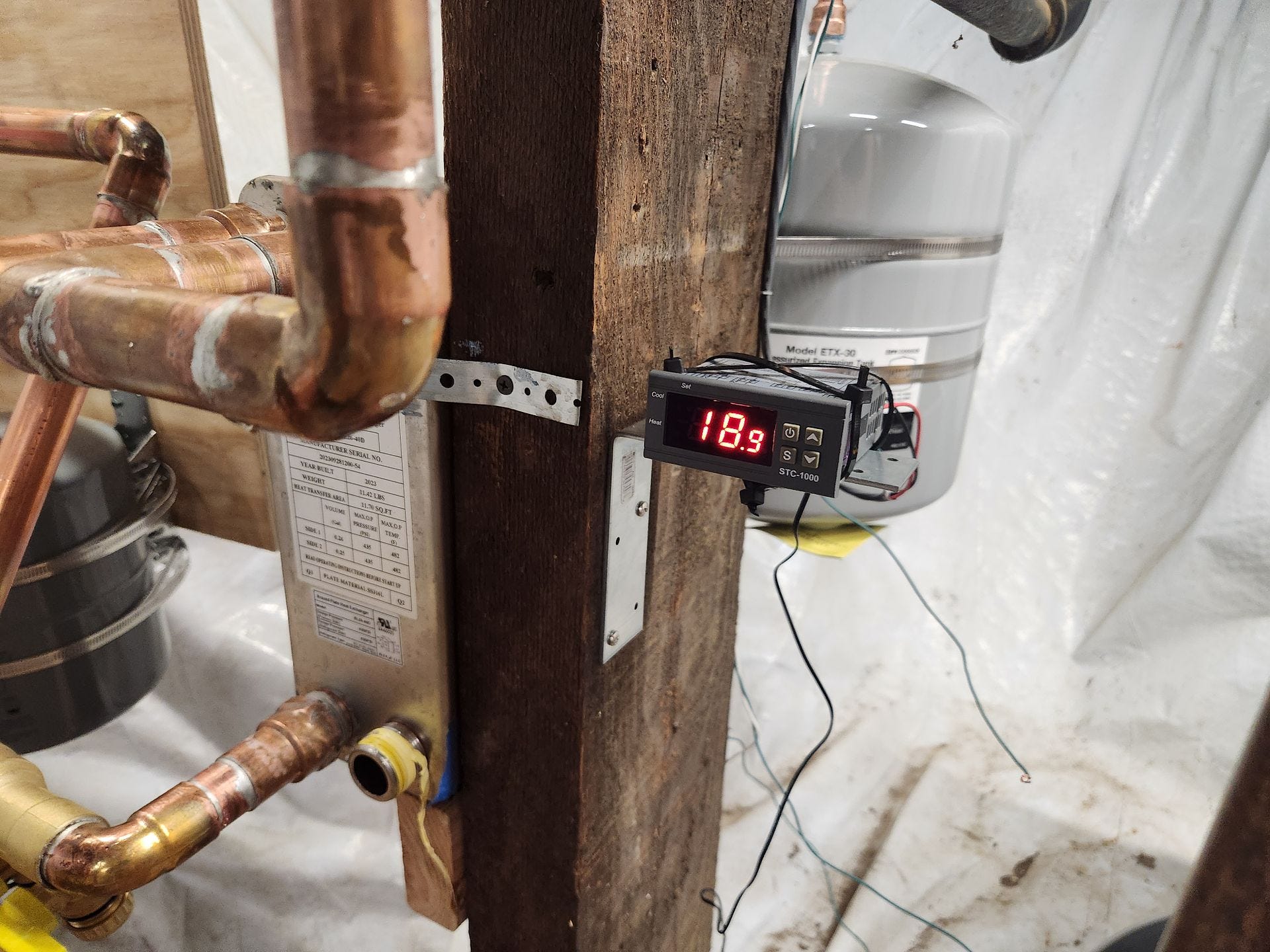
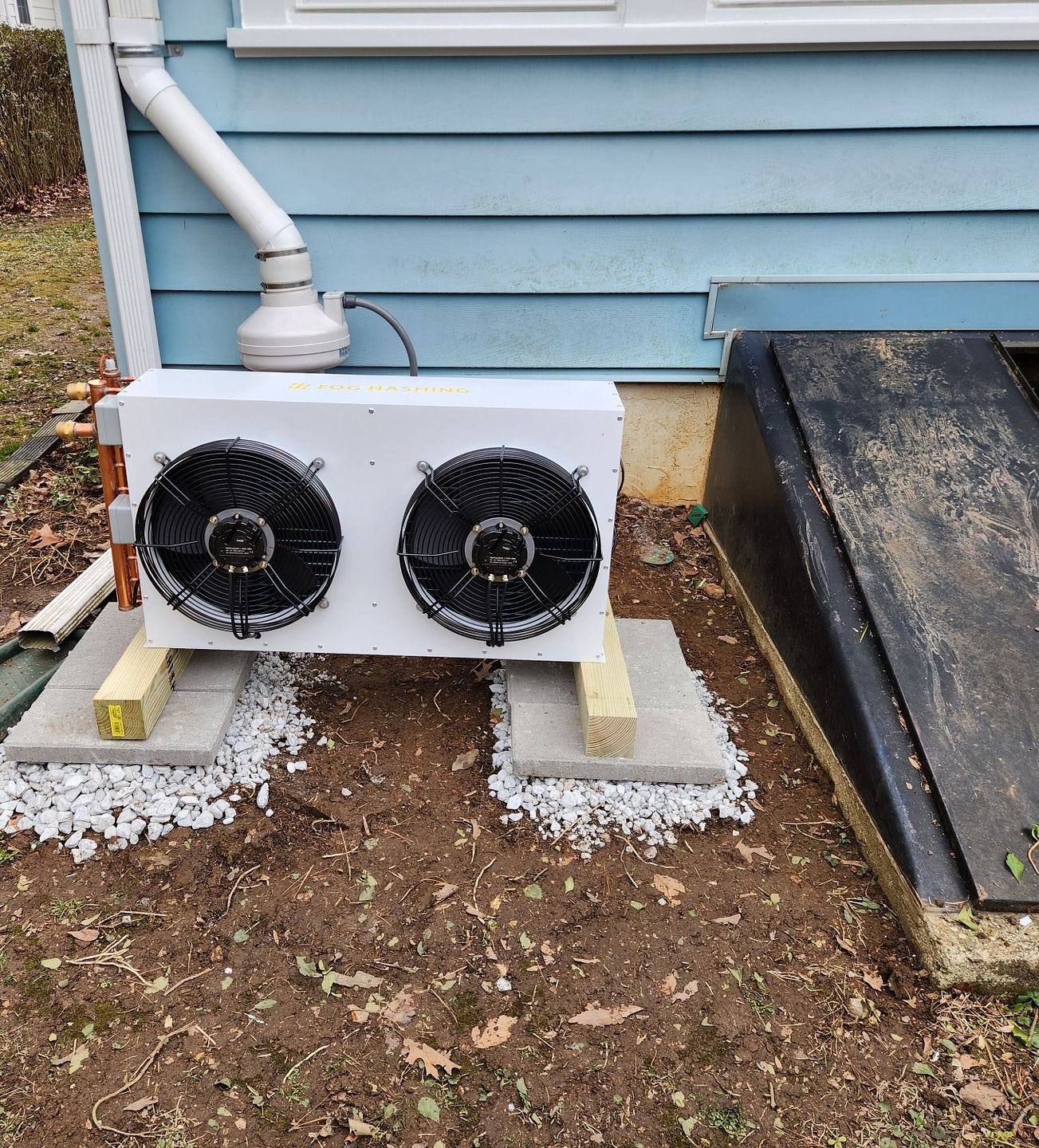
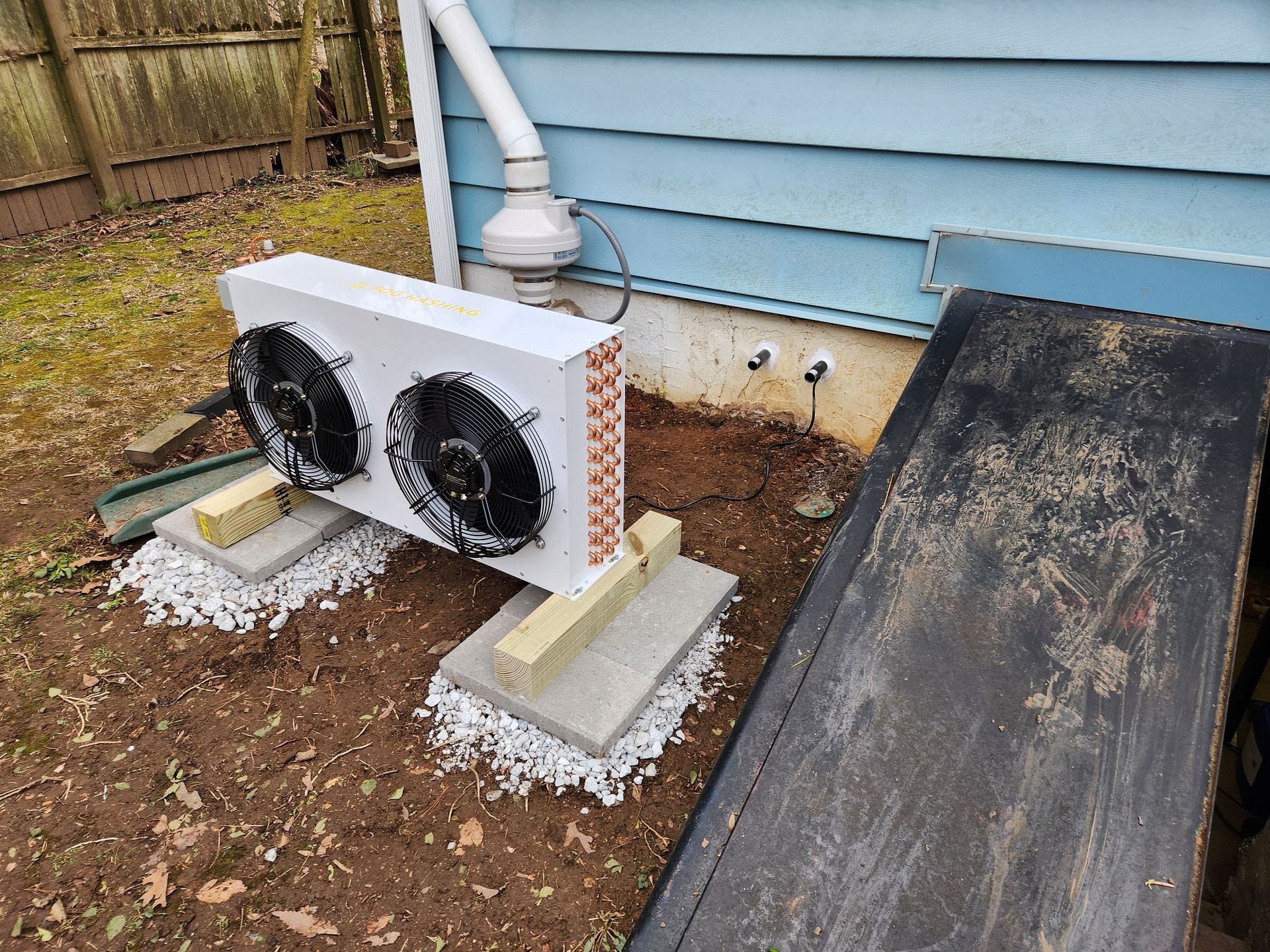
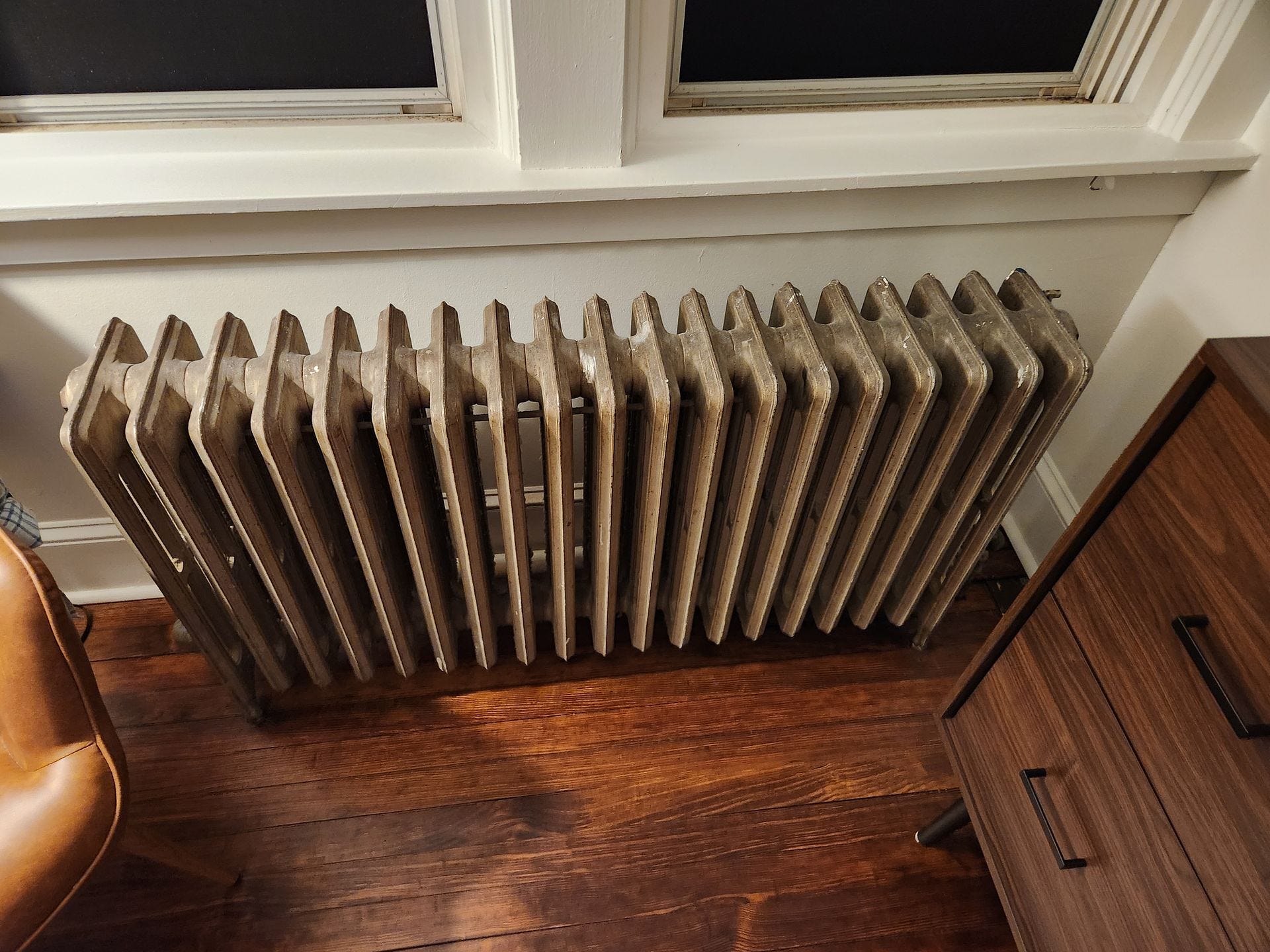
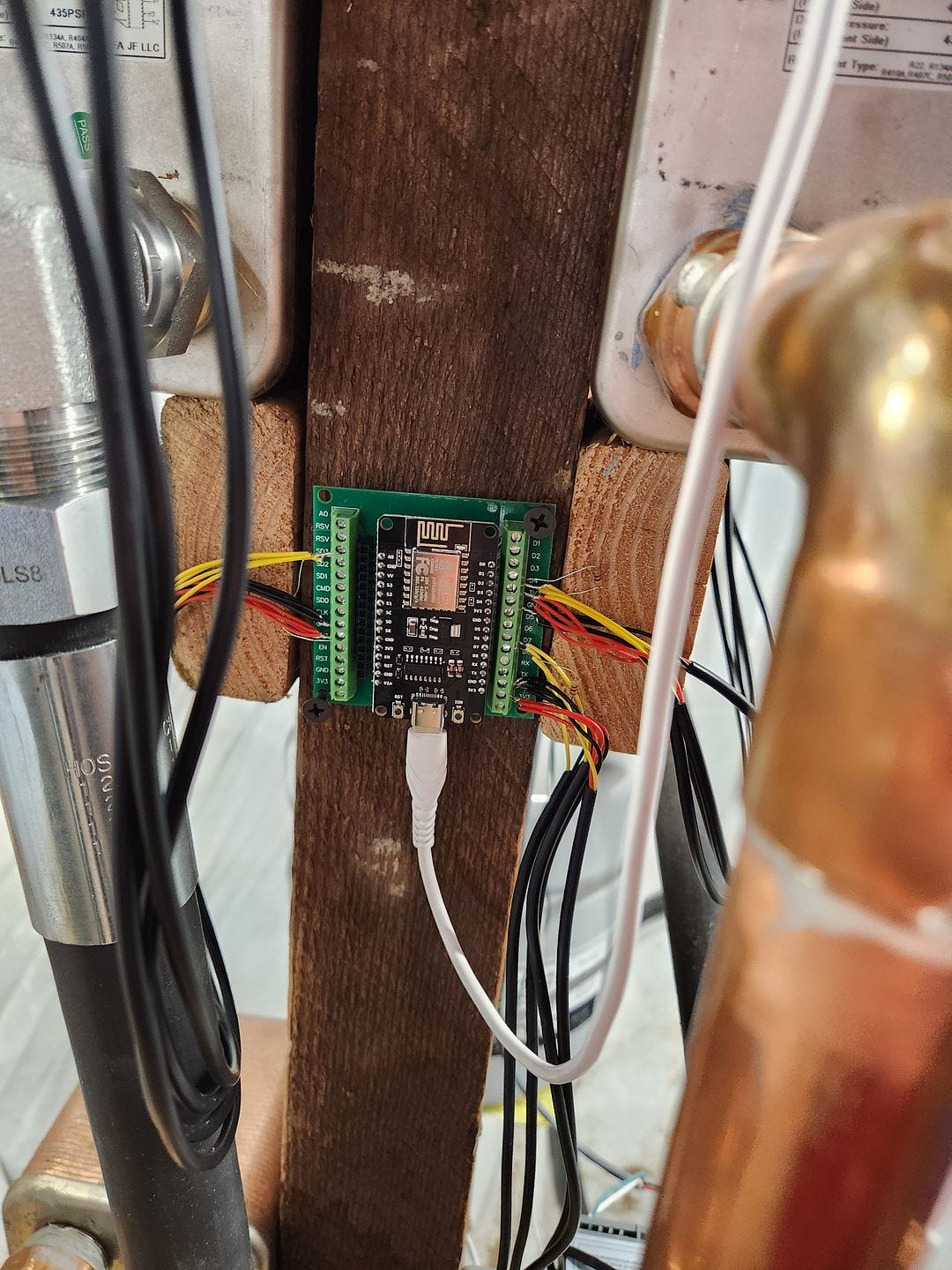
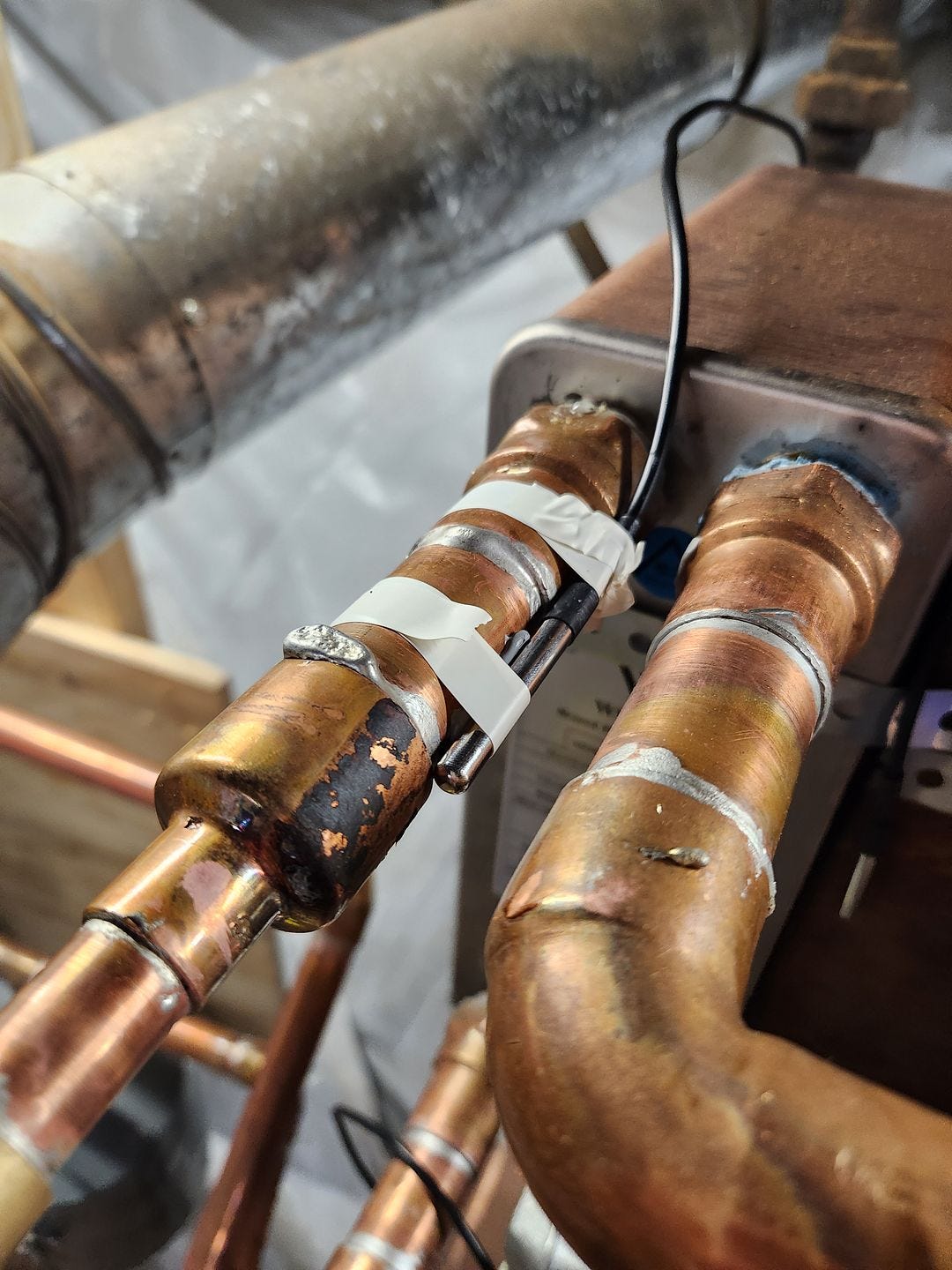

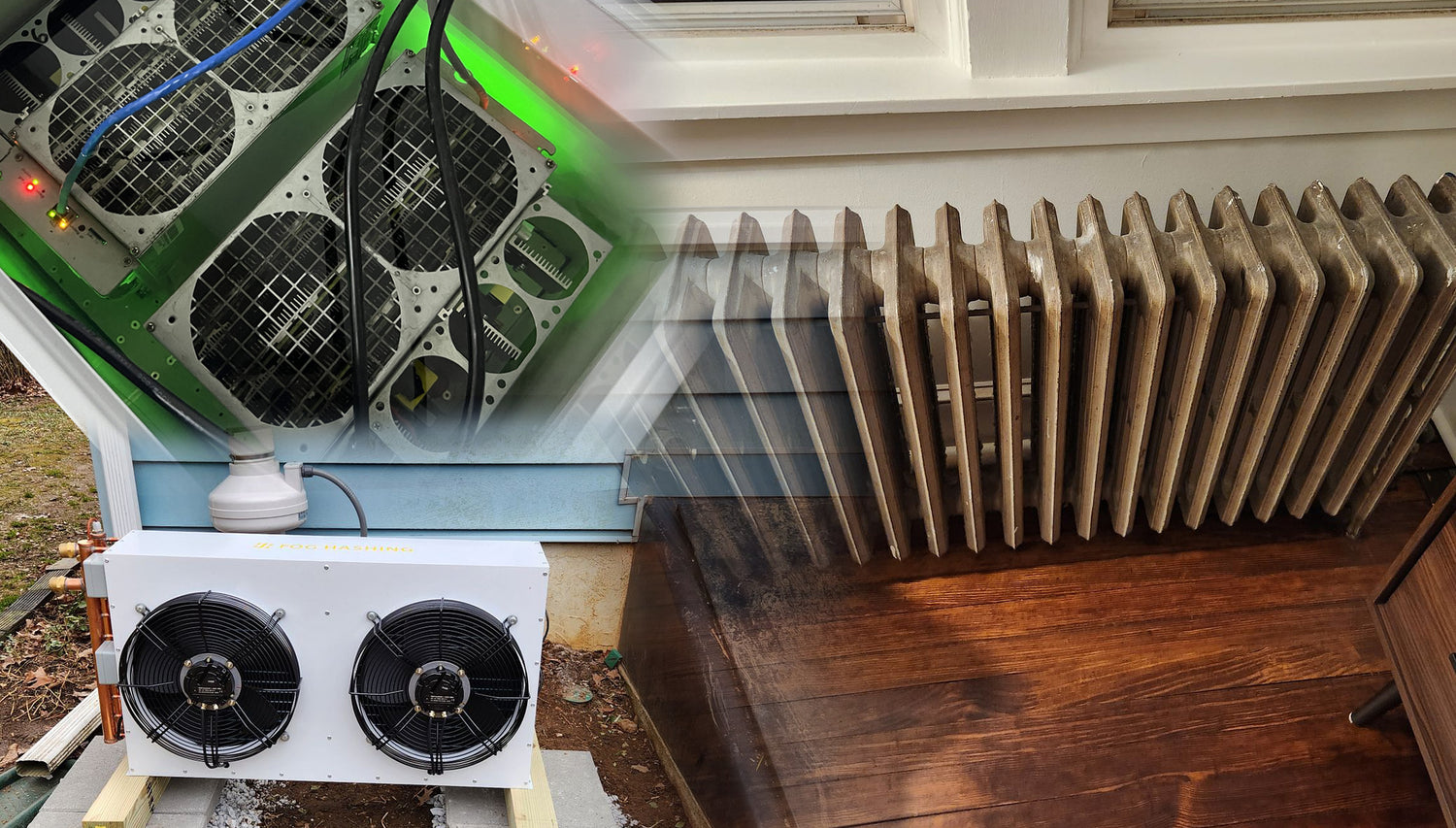
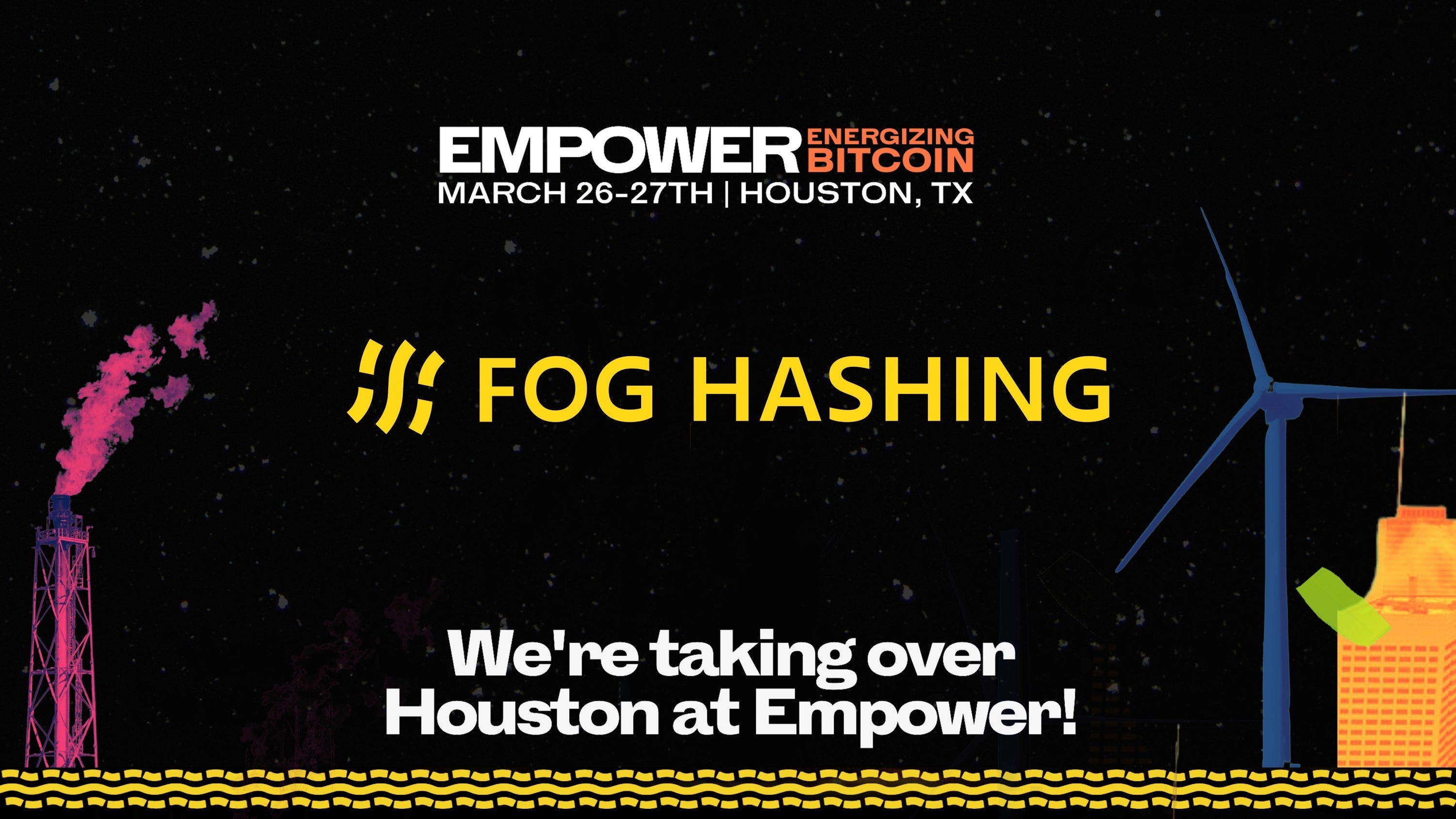
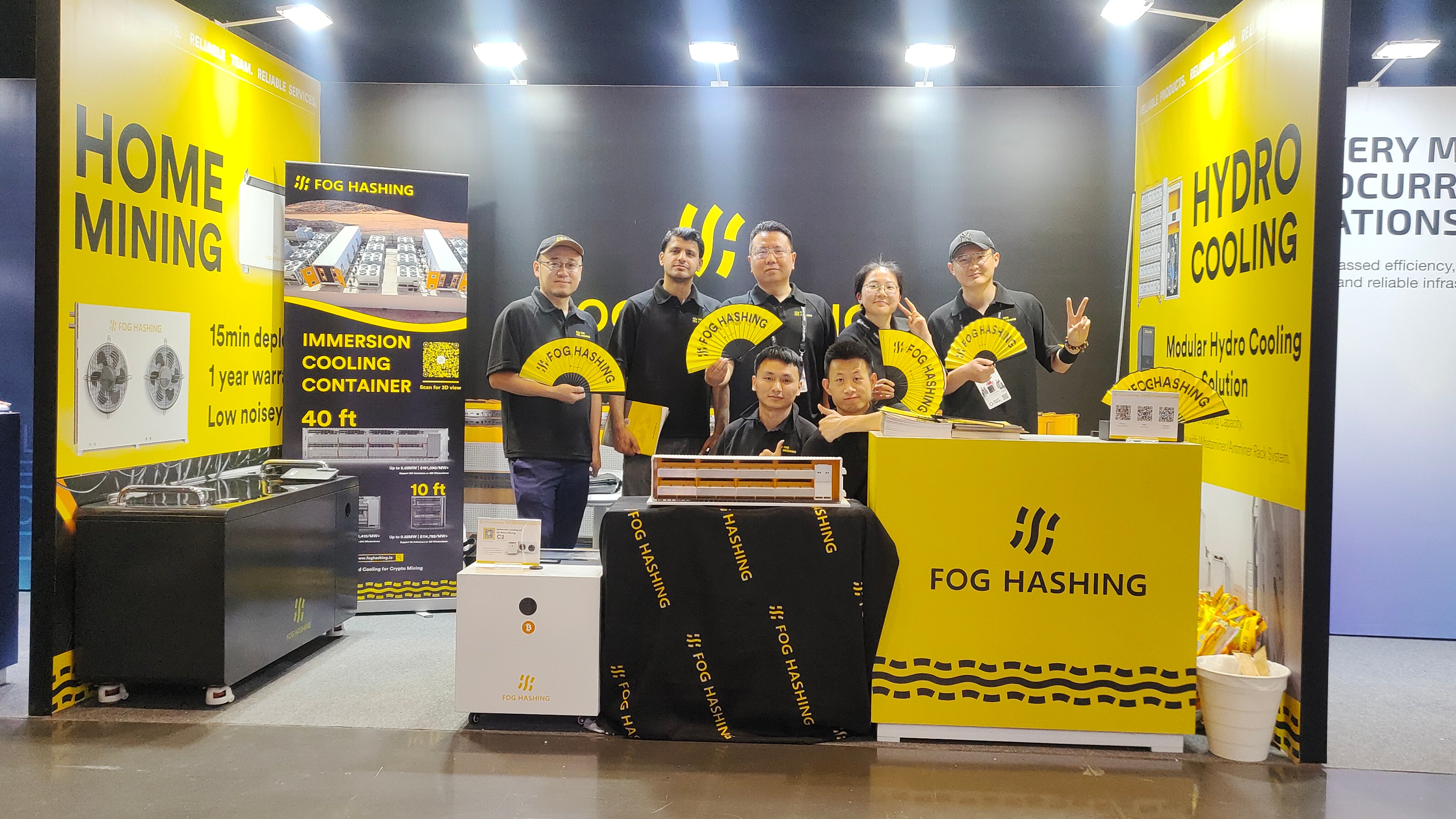
Leave a comment
All comments are moderated before being published.
This site is protected by hCaptcha and the hCaptcha Privacy Policy and Terms of Service apply.